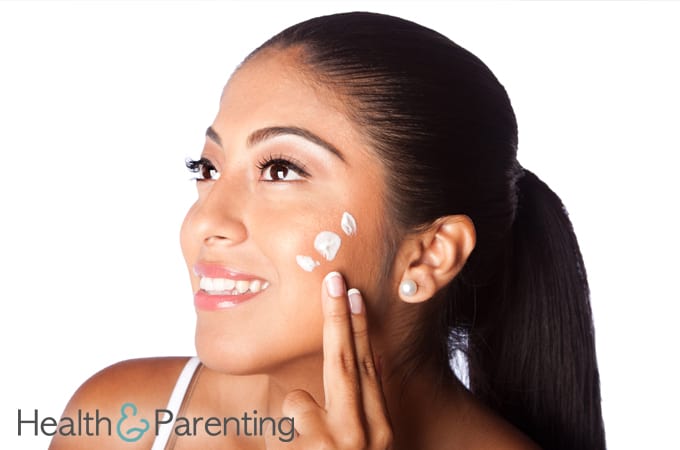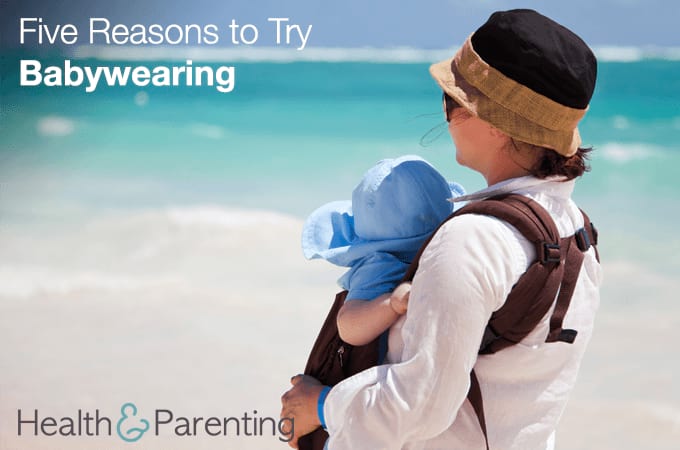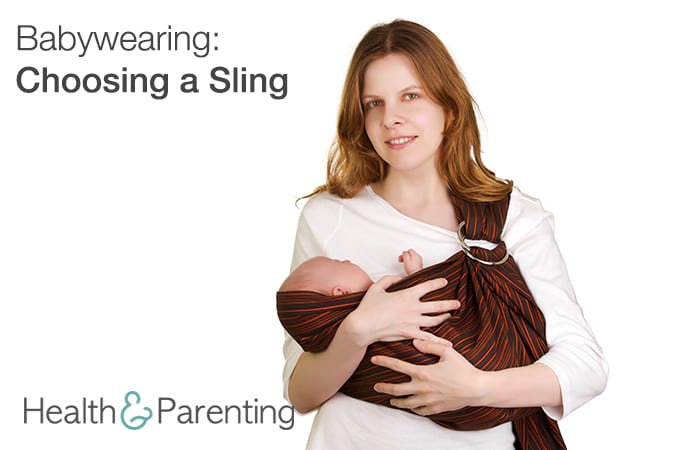While you’re rushing around trying to decorate a nursery, research strollers, tie up any loose ends at work before maternity leave, and grow a person, you might long for a few minutes to relax. Having a beauty treatment is the perfect way to take some time out from the hustle and bustle, put your feet up and feel calm. A beauty treatment will help you to feel great in your changing body too. You may be desperate for a trip to the local salon, but wondering which beauty treatments are safe during pregnancy?
Safe treatments
The following treatments are considered safe during pregnancy:
- everyday cosmetics – hair and nail products such as shampoo and nail varnish, are considered safe for use during pregnancy.
- hair dye – each time you dye your hair, a small amount of chemicals is absorbed into your skin, but there is no evidence that this reaches or affects the baby. Some women choose to avoid dying their hair during pregnancy, just in case. Some healthcare providers worry about the use of bleach during pregnancy, but most are unconcerned about its use.
- tanning lotions – fake tans are safe to use when pregnant.
- facials – facial products are considered safe for use during pregnancy. If you are having a professional facial, be sure to inform your beautician that you are pregnant. They may be able to tailor the facial to best suit your skin’s needs during pregnancy.
- massage – not only are massage oils safe to use during pregnancy, they should be compulsary. A massage is the perfect way to rid you of those pregnancy aches and pains, and help you to relax and forgets the stresses of impending motherhood. If you are having a professional massage, be sure to tell your masseuse that you are pregnant as this will affect the massage techniques used.
Treatments to avoid
The following beauty treatments are NOT considered safe during pregnancy:
- tanning – you should avoid using sunbeds during pregnancy. Sunbeds may cause your body to overheat. The harmful UV rays are also found to break down folic acid. Folic acid is important for healthy foetal development.
- body wraps – the application of heated towels or wraps during pregnancy should be avoided. The heated wraps may cause your body to overheat, and there is no effective way to monitor how much heat is reaching the foetus.
- hot tubs – you should avoid hot tubs and saunas during pregnancy, because these can raise your core temperature to a level considered dangerous for your baby.
- botox – it is generally thought that botox stays in the area it is injected, and so would be unlikely to reach the baby. However, there isn’t enough data on this, and so most healthcare providers will advise postponing botox until after the birth.
- piercings – pregnancy compromises your immune system and puts you at an increased risk of infection, so you should avoid getting piercings when pregnant.
Have you had any beauty treatments during pregnancy as a way of relaxing?
Written by Fiona, proud owner of a toddler, @fiona_peacock
This information is not intended to replace the advice of a trained medical doctor. Health & Parenting Ltd disclaims any liability for the decisions you make based on this information, which is provided to you on a general information basis only and not as a substitute for personalized medical advice. All contents copyright © Health & Parenting Ltd 2017. All rights reserved.












